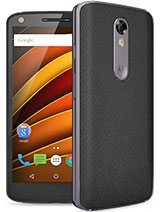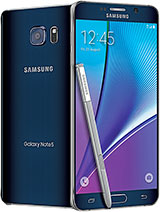Smartphone buyer's guide: April 2016
April 2016

€600 and over
Apple and Samsung dominate high-end sales so they are unavoidable in this price segment, but that's not to say there are no worthwhile alternatives.
But let's start with the Samsung Galaxy S7. It launched first, it has top specs and is priced very competitively. It is everything we wanted the Galaxy S6 to be - water proof (IP68), with good battery life and expandable storage.
The Galaxy S7 has the best mobile camera on the market right now. The Dual Pixel autofocus is matched by none (it's rare even among DSLRs), but it obliterates any other phone in terms of speed and accuracy.
The large-ish pixels and brightest yet aperture (f/1.7, previous best was f/1.8), not to mention OIS, all make for great image quality in the dark. The S7 camera also records some of the best 2160p video from the current crop of flagships.
Note that there is some different hardware inside the S7s - some regions get a Snapdragon 820 chipset, others Exynos 8890, some get a Sony IMX260 camera sensor others come with Samsung ISOCELL.
Some tests show the Exynos version is significantly faster in multitasking, but the cameras perform pretty much identically.
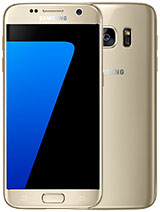
Samsung Galaxy S7 | Pros | Cons |
|
|
|
| Review |
The S7 was launched simultaneously as two phones - the S7 above and the Galaxy S7 edge. This one has a larger, 5.5" Super AMOLED screen that's curved at both sides. The edge screen also comes with some additional software offering extra functionality.
Both S7 screens have Always On mode, which shows the time, battery charge and missed calls and messages. Only calls and messages, no third party apps get to display notifications here. This feature costs you 1% battery charge an hour, but it's much brighter and more legible than the Always On option on the LG G5.
The screen is really the major difference between the two S7 - the S7 edge has the same choice of chipsets, same great camera, same waterproofing and so on. So it's a question of whether you want a bigger screen and if you're willing to pay for it. The aesthetics shouldn't be neglected, the edge screen gives the phone a unique look.
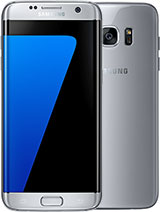
Samsung Galaxy S7 edge | Pros | Cons |
|
|
|
| Review |
The LG G5 launched a bit behind the S7, but it brings two unique features. One is the modular design - the bottom of the metal body can be removed (letting you access the battery and microSD card) and a module can be inserted back.
So far there are two modules - a camera grip with an extra battery and hardware controls and a Bang & Olufsen DAC for superior audio quality (not available in the US). Neither of these is enough to really sell the G5 based on its modularity, we'll see what third parties come up with.
The second unique feature is the dual camera. Like on the V10 (but this time on the back) you get a narrow (80°) and wide (120°) cameras. The narrow camera is an enhancement of the 16MP G4 and V10 camera, complete with f/1.8 aperture, OIS and excellent low-light performance. The wide camera is a fixed-focus 8MP shooter that can also do 2160p videos. The difference in field of view is huge, it will change the way you shoot photos and videos.
The LG G5 went with a 5.3" QHD screen, slightly smaller than G4's and in between the two S7s. It has an always on mode too and it uses less battery than Samsung's solution but is noticeably dimmer.
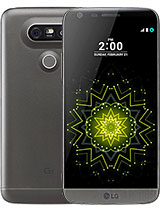
LG G5 | Pros | Cons |
|
|
|
| Review |
Coming soon (in May) is the HTC 10 - hopefully HTC's return to the days when it made the best Androids around. The all-metal phone has an HTC One inspired design and a 5.2" QHD screen.
The camera is a second generation UltraPixel - 12 million pixels (bigger than the ones in the S7), behind a bright f/1.8 aperture and optically stabilized to boot. This could be the king of low-light shooting, but HTC's tardiness means we haven't had a chance to test it properly against the S7 and Nexus 6P.
The HTC 10 also has a unique feature up its sleeve - the world's first selfie camera with optical image stabilization. The camera has fairly big pixels (1.36µm, slightly smaller than S7's main camera pixels), an f/1.8 aperture and a 23mm/86° lens.
BoomSound is back and revamped, too. Two speakers serve as a tweeter and a woofer respectively, promising an even better sound from everyone's favorite Android boombox. HTC loaded the 10 with a High-Res DAC (no need to spend $150 on a B&O DAC) and it comes with Hi-res headphones in the box too (not in the US though). For its 2160p videos, the camera also records such high-quality audio - 24-bit, 96kHz.
Pricey as usual and late to the party, but the HTC 10 may well be worth waiting for.
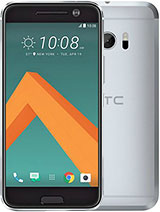
HTC 10 | Pros | Cons |
|
|
|
| Preview |
Here's a slightly older alternative to these 2016 flagships - the Motorola Moto X Force has a 5.4" AMOLED (QHD, of course), a 21MP camera with 1.4µm pixels and 2160p video, a 5MP selfie cam with dedicated flash, runs Android 6.0 Marshmallow on a Snapdragon 810 chipset and packs a large 3,76mAh battery.
The "X Force" name sounds kind of like a covert action team and the phone lives up to that name with a shatterproof display, water repellent coating and a "Ballistic Nylon" back.
We left out the iPhones, but our commenters made it clear they are sought after devices. So here they are - not value for money, but if you want an iPhone (and the SE is too tiny) then you really have little choice but to go with an iPhone 6s or 6s Plus. This generation the new features were a bit lackluster - 3D Touch didn't set the world on fire - but incremental improvements like the the move to a 12MP camera with OIS and 2160p video capture does make a difference. With the iPhones you get a solid screen - 5.5" 1080p in the case of the iPhone 6s Plus - fast chipset and rich software ecosystem with update longer than any Android can hope for.
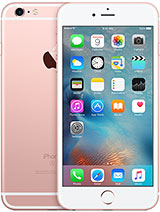
Apple iPhone 6s Plus | Pros | Cons |
|
|
|
| Review |
The smaller iPhone 6s offers a 4.7" screen with just around 720p resolution, not very sharp (the colors and contrast of the screen are great, though). This model also lacks the optical image stabilization on the camera that its Plus sibling enjoys. And yet the iPhone 6s is easily more popular than the 6s Plus
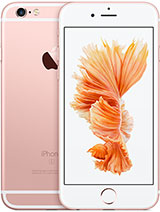
Apple iPhone 6s | Pros | Cons |
|
|
|
| Review |
€600+ phones we skipped and why
The Samsung Galaxy Note5 can be seen as a possible alternative to the Galaxy S7 edge, but it bears the limitations of the S6 generation - no microSD slot, no waterproofing. Sure, you get a slightly bigger screen and the S Pen, but they come with the older chipset and camera.
For these reasons we think it's more prudent to wait a few months for the Galaxy Note6 or grab the S7 edge.
Reader comments
- ithehappy
- 27 Sep 2016
- X%D
Time to update this segment guys. Its almost October, and we need a new, refreshed guide.
- AnonD-541790
- 27 May 2016
- Hkt
If you love speed...... Get an iPhone.
- AnonD-541790
- 26 May 2016
- Hkt
If you love speed...... Get an iPhone.
